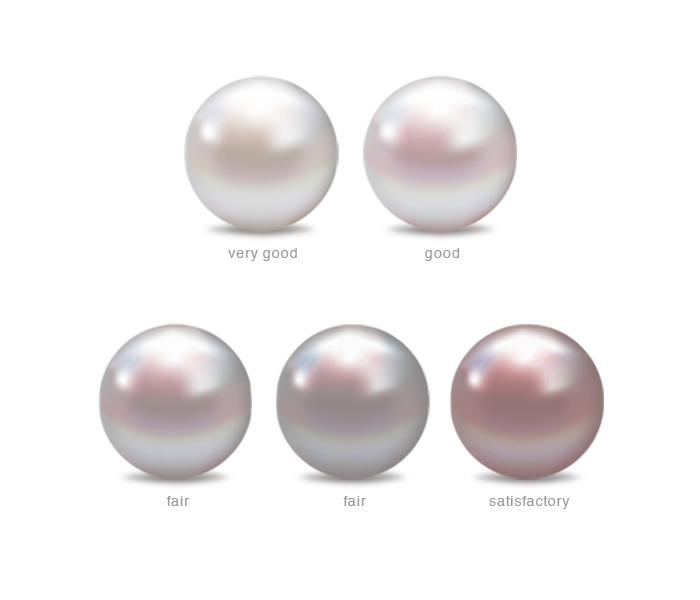The Mysterious Pearl
Origin – Size – Luster – Surface Condition – Shape – Color
A pearl’s origin and size will determine its value, while luster, surface condition, shape, and color assess its quality. You can break pearls down into four categories by region:
South Seas: Pearls from this region are larger in size and are usually white and silver in color.
Tahitian: Pearls from this region are usually black or green in color.
Japanese Akoya: Pearls from this region are usually 7-10 mm, and are typically used in strands.
Freshwater Pearls: Come in various shapes and are usually dyed.
Pearls are like snowflakes…no two are alike. Before buying a pearl, come in and talk to Kailee and Rebecca. They’ll use their years of expertise to help you choose the highest quality pearl to make you stand out as only YOU can.
The Shape of a Pearl
The shape of a pearl is very important in determining its quality, and therefore its value. Every pearl has a slightly different shape:
Round
Near-round / Off- / Semi-
Oval
Button (flat)
Drop
Pear / Semi-Baroque
Baroque
Ringed / Grooved
Round and near-round are the most sought-after shaped pearls, although there’s no such thing as a “perfect” pearl.
The Color of a Pearl
The color of a pearl depends on the oyster’s environment as well as the type of mollusk. Different pearl mollusks produce different colors. The most known colors of pearls are white and cream, though they do form in a variety of other colors naturally including silver, grey, and black. The ones in the white and cream range can have hues of red, orange, yellow, green, blue, and violet.
There are three parts to a natural or cultured pearl’s color. They are Bodycolor, Overtones, and Orient. The Bodycolor is the primary color of the pearl overall. The Overtone is the translucent color that lies on the surface. The Orient is the iridescent shimmer that shows a rainbow color effect and lies just beneath the surface of the pearl. All pearls show Bodycolor, but only some show Overtone, Orient, or both.
The Surface Condition of a Pearl
A pearl’s surface condition is critical in determining its value. The fewer surface blemishes a pearl has, the more valuable it is. Any serious surface damage or chips should be cause for concern. Not only will this lessen the pearl’s value, but it will also affect its longevity.





